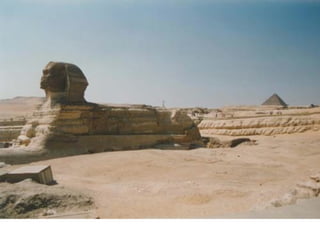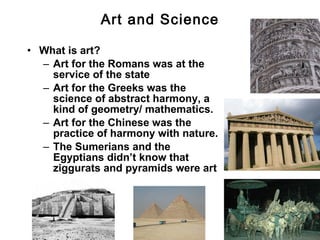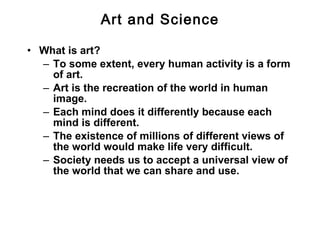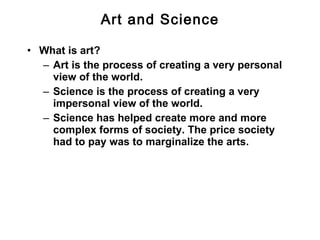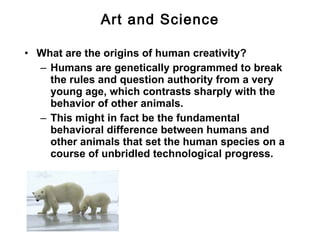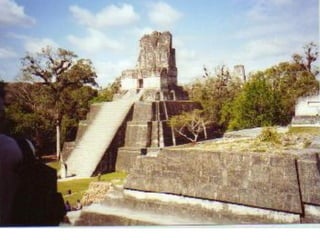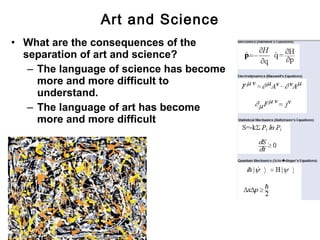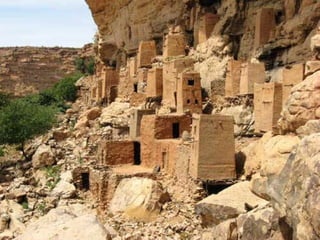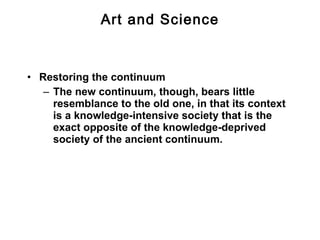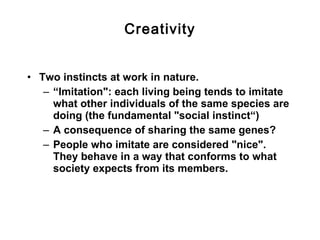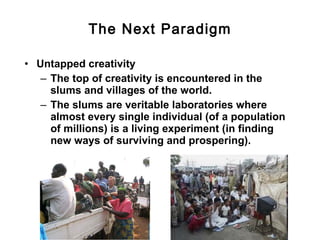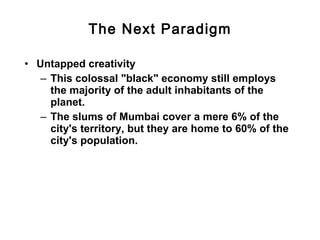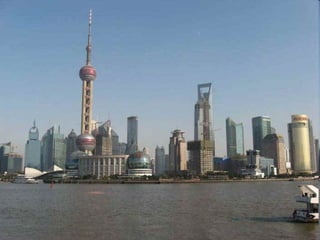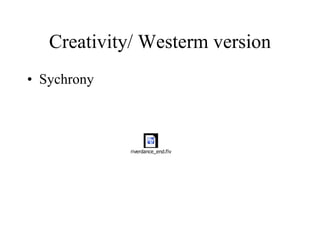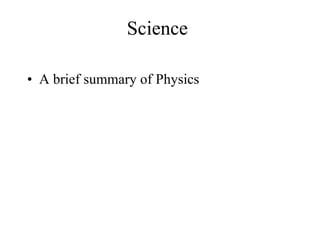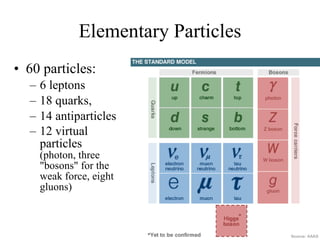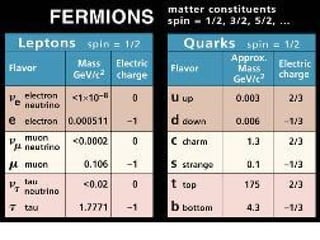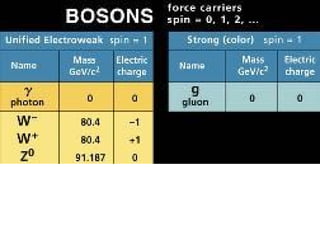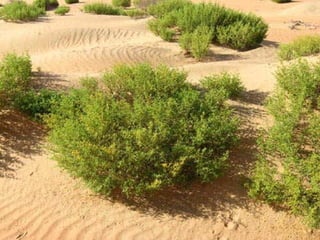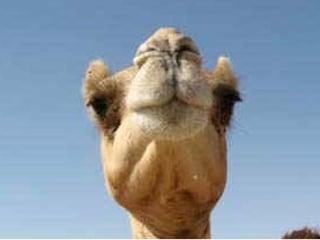Art, Science, Creativity
- 1. Meditations on Ar T, Sc IeN cE & Cr Ea TiV iTy piero scaruffi 27 July 2010
- 2. Piero Scaruffi Cultural Historian (mainly music) Cognitive Scientist Poet www.scaruffi.com
- 3. Meditations What is art? What are the origins of human creativity? Why did we separate art and science? What are the consequences of art/science separation What are the benefits for science of the arts? The relationship between creativity and progress? What is the impediment to art/science integration? What caused the separation of art and science? Restoring the continuum Imitation and Innovation Civilizations and creativity What can we do to raise a generation of Leonardos? Untapped creativity Case study: Physics
- 4. Disclaimer The slides of world wonders that alternate with the text slides have absolutely nothing to do with this lecture. They are mere decoration; and vanity (I took them).
- 5. Civilization My pictures of wonders of the world
- 6. Art and Science What is art? Art for the Romans was at the service of the state Art for the Greeks was the science of abstract harmony, a kind of geometry/ mathematics. Art for the Chinese was the practice of harmony with nature. The Sumerians and the Egyptians didn’t know that ziggurats and pyramids were art
- 7. Iran My pictures of wonders of the world
- 8. Art and Science What is art? To some extent, every human activity is a form of art. Art is the recreation of the world in human image. Each mind does it differently because each mind is different. The existence of millions of different views of the world would make life very difficult. Society needs us to accept a universal view of the world that we can share and use.
- 9. Civilization My pictures of wonders of the world
- 10. Art and Science What is art? Art is the process of creating a very personal view of the world. Science is the process of creating a very impersonal view of the world. Science has helped create more and more complex forms of society. The price society had to pay was to marginalize the arts.
- 11. Civilization My pictures of wonders of the world
- 12. Art and Science What are the origins of human creativity? Children play. Art may be a way to keep playing when you get too old to play. Children are genetically programmed to play, and playing might be a way to learn the environment and to be creative about it. Art might just be a way to map the environment in a creative way.
- 13. Civilization My pictures of wonders of the world
- 14. Art and Science What are the origins of human creativity? Being creative about interacting with the environment yields several evolutionary advantages: you learn more about the environment you simulate a variety of strategies you are better prepared to cope with frequently changing conditions Over the centuries this continuous training in creativity has led to the creation of entire civilizations (science, technology, engineering). And to the history of art.
- 15. Civilization My pictures of wonders of the world
- 16. Art and Science What are the origins of human creativity? Teenagers are rebels. Parents have accrued experience/wisdom and Darwinian theory would predict that their children should be eager to absorb that experience in order to maximize their chances of survival. Quite the contrary: doing the exact opposite is cool.
- 17. Civilization My pictures of wonders of the world
- 18. Art and Science What are the origins of human creativity? Humans are genetically programmed to break the rules and question authority from a very young age, which contrasts sharply with the behavior of other animals. This might in fact be the fundamental behavioral difference between humans and other animals that set the human species on a course of unbridled technological progress.
- 19. Civilization My pictures of wonders of the world
- 20. Art and Science Why did we separate art and science? The fictitious separation of art and technology/engineering/science is a recent phenomenon. Art and science are so distant in the 21st century because we live in the age of specialization. Specialization started in the Middle Ages and picked up speed with the Industrial Revolution. Specialization is, quite simply, a very efficient way to organize society. Therefore specializations multiplied. More later…
- 21. Civilization My pictures of wonders of the world
- 22. Art and Science What are the consequences of the separation of art and science? Subtle but widespread. For example, environmental fundamentalists oppose any alteration of Nature. Centuries ago great minds were asked specifically to alter the environment. What has changed is the view that human work is beautiful. The 21st century does not perceive a product of science/technology/engineering as beautiful. It perceives it as a threat to (natural) beauty.
- 23. Civilization My pictures of wonders of the world
- 24. Art and Science What are the consequences of the separation of art and science? The language of science has become more and more difficult to understand. The language of art has become more and more difficult
- 25. Civilization My pictures of wonders of the world
- 26. Art and Science What are the benefits for science of an integration with the arts? Art educates people to be creative. A lack of creativity is a handicap for science. Science creates new paradigms of thought. Art can help usher in a paradigm shift. Major scientific revolutions have usually coincided with major artistic periods. Today most science is evolution, not revolution, perhaps because it has been decoupled from the arts.
- 28. Art and Science What is the relationship between creativity and progress? Technology does not exist in a vacuum. A society that does not encourage poetry, music, painting, sculpture and so forth does not encourage discovery and invention.
- 29. Civilization My pictures of wonders of the world
- 30. Art and Science What is the impediment to art/science integration today? Dogmas: if we don't comply with the ruling dogmas, we are not accepted. A history of jazz music written by a rock historian is accepted neither by the rock establishment nor by the jazz establishment. It doesn't exist. The 20th century disliked multifaceted ("renaissance") artists/scientists.
- 31. Civilization My pictures of wonders of the world
- 32. Art and Science What caused the separation of art and science? It was part of a broader trend away from unification and towards specialization. A continuum of knowledge and of human activity was broken down into a set of discrete units, each neatly separated from its neighbors. Humans were able to build large-scale societies thanks to the partitioning of labor and of knowledge.
- 33. Toltec Tula (900 AD) Tula
- 34. Art and Science What caused the separation of art and science? As knowledge grew, it would have been impossible to maintain the same continuum of knowledge. Knowledge was broken down into discrete units and handed down to "specialists". The gap between art and science kept increasing for the simple reason that the discrete space of specialized disciplines was more manageable than the old continuum of total knowledge.
- 35. Civilization My pictures of wonders of the world
- 36. Art and Science Restoring the continuum The digital age is providing us with an opportunity to rebuild the continuum Unprecedented degree of exchange, interaction, integration, convergence and blending We are finally able again to see the continuum and not just the discrete space
- 37. Civilization My pictures of wonders of the world
- 38. Art and Science Restoring the continuum The new continuum, though, bears little resemblance to the old one, in that its context is a knowledge-intensive society that is the exact opposite of the knowledge-deprived society of the ancient continuum.
- 39. Civilization My pictures of wonders of the world
- 40. Creativity Two instincts at work in nature. “ Imitation": each living being tends to imitate what other individuals of the same species are doing (the fundamental "social instinct“) A consequence of sharing the same genes? People who imitate are considered "nice". They behave in a way that conforms to what society expects from its members.
- 41. Civilization My pictures of wonders of the world
- 42. Creativity Two instincts at work in nature. “ Innovation” is not pervasive in nature. Innovation is a risk. Animals "innovate" when there is a genetic mistake. In most cases those animals die. If they survive, they cause instability in the existing ecosystem. Innovation is rare and, when it survives, often catastrophic. "Innovation" in the planet's climate causes the extinction of thousands of species.
- 43. Civilization My pictures of wonders of the world
- 44. Creativity Two instincts at work in nature. Innovation in human society is rarely welcome. It is most often met with skepticism, hostility and plain accusations of heresy or madness. It is correctly perceived as a threat to the established order. In a sense, society is right to put innovators in madhouses: innovation is the social equivalent of a genetic mistake.
- 45. Civilization My pictures of wonders of the world
- 46. Creativity Two instincts at work in nature. Innovation changes the established order and creates a new order. People recognize it as "innovation" (as opposed to madness or terrorism) when they start imitating it. The paradox of innovation is that it is accepted as an innovation when it has become imitation.
- 47. Civilization My pictures of wonders of the world
- 48. Creativity Civilizations and creativity Civilization is very much about making our life easier. Civilization is about structuring our life so that it is no longer a continuous struggle. A structured life, though, is not creative, by definition. The more structured our daily life is, the less creative we have to be in our daily life. Today we are even structuring entertainment (gyms, dance classes, movie theaters). Civilization is about routine
- 49. Civilization My pictures of wonders of the world
- 50. Creativity Civilizations and creativity Civilization is about routine, structure, order Emotions are an impediment to order and structure Society tends to suppress our emotions and turn us into disciplined robots
- 51. China? My pictures of wonders of the world
- 52. Creativity Civilizations and creativity Creativity's peaks seem to correspond with periods of great instability: classical Athens (at war 60% of the time), the Renaissance (Italy split in dozens of small states and engulfed in endemic warfare), the 20th century (two World Wars and a Cold War). Peace and wealth seem to yield structured, monotonous, predictable lives that depress creativity.
- 53. Civilization My pictures of wonders of the world
- 54. The Next Paradigm What can we do to raise a generation of Leonardos? Western world: it would require a fundamental change in the structure of society, which is unlikely to come from the very Western society that invented (and prospered thanks to) the society of specializations. Interdisciplinary "polytechnics" that teach both art and science. The Academia does not encourage such interdisciplinary programs: it discourages them
- 55. Civilization My pictures of wonders of the world
- 56. The Next Paradigm What can we do to raise a generation of Leonardos? Developing world has a chance to invent the foundations for a wide-spread integration of the arts and the sciences. They can overtake the West only if they manage to introduce a paradigm shift, not if they simply replicate the Western model. The paradigm shift that turned Europe from a continent of plagues, starvation and endemic warfare into the rulers of the world started precisely during the Rinascimento.
- 57. Kremlin
- 58. The Next Paradigm Untapped creativity The top of creativity is encountered in the slums and villages of the world. The slums are veritable laboratories where almost every single individual (of a population of millions) is a living experiment (in finding new ways of surviving and prospering).
- 59. Civilization My pictures of wonders of the world
- 60. The Next Paradigm Untapped creativity This colossal "black" economy still employs the majority of the adult inhabitants of the planet. The slums of Mumbai cover a mere 6% of the city's territory, but they are home to 60% of the city's population.
- 61. Manhattan My pictures of wonders of the world
- 62. The Next Paradigm Untapped creativity The elite economy has organized daily life in such a way ("routines") that everybody is guaranteed to at least "survive". The elite economy employs the slum economy in routine jobs This process results in a colossal waste of brainpower. When slum people work outside the slums, they are required to stop being creative and merely follow procedures (procedures devised by vastly less creative people who would probably not survive one day in the slums).
- 63. Hong Kong My pictures of wonders of the world
- 64. The Next Paradigm Untapped creativity Routines maximize productivity precisely by reducing human creativity. Someone else has created, and the worker only has to perform a series of predefined steps. The routine "amplifies" the effect of the innovation.
- 65. Seoul My pictures of wonders of the world
- 66. The Next Paradigm Untapped creativity Creativity in the developed world: the innovation can be very small and very infrequent, but the effect of the routine performed by many workers is to make that small innovation relevant for millions of individuals. The creativity of slums and villages, on the other hand, is constant, but, lacking the infrastructure to turn it into routine, ends up solving only a small problem for a few individuals.
- 67. Civilization My pictures of wonders of the world
- 68. The Next Paradigm Untapped creativity 1% of the world's population owns 40% of the world's wealth. But who owns 40% of the world's creativity? The slums are a colossal reservoir of creative energies that the world is wasting.
- 69. Shanghai My pictures of wonders of the world
- 70. Creativity/ Slum version Bangkok train
- 71. Creativity/ Japanese version Sychrony
- 72. Creativity/ Westerm version Sychrony
- 73. Science Science needs questions not answers Why is it colder on top of a mountain than in the desert, if the top of the mountain is much closer to the Sun?
- 74. Science Science is intuition Civilizations were mostly holistic for thousands of years before the Cartesian revolution Reductionism: The whole is the sum of its parts One can simplify a problem (reduce the complexity) by dividing the system into its parts Mathematical model of physical systems
- 75. Science Most art is holistic : "I play the notes, in order, as they are written. It is God who makes the music". (Johan Sebastian Bach)
- 76. Science A brief summary of Physics
- 77. Elementary Particles 60 particles: 6 leptons 18 quarks, 14 antiparticles 12 virtual particles (photon, three "bosons" for the weak force, eight gluons)
- 82. Science Only a Physicist can think that this is elegant, symmetric, rational and plausible.
- 83. Science In the age of super-specialization we see the shrub not the ecosystem
- 84. This is the Question Liwa Oasis
- 85. This is the Question Liwa Oasis
- 86. This is the Question Liwa Oasis
- 87. This is the Question Liwa Oasis
- 88. This is the Question Liwa Oasis
- 89. This is the Question Liwa Oasis
- 90. This is the Question Liwa Oasis
- 91. Piero Scaruffi Cultural Historian (mainly music) Cognitive Scientist Poet www.scaruffi.com





